New&Noteworthy 2016

October 9th, 2015
It’s not how old you are
It’s how you are old
My mother will celebrate her 100th birthday this April
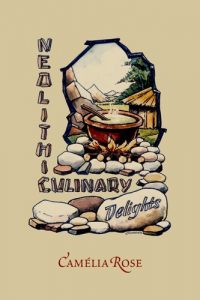
The origins/regions of our staple foods
POTATO:highlands of Peru, South America
CORN/MAIZE:from Mexico to Chile
WHEAT and BARLEY: Middle East
RICE: Asia
Any meat is better than none

When you die, wouldn’t you rather be eaten by your own kinsmen than by maggots?
Sorry Veggies
EATING MEAT TURNED US INTO REAL HUMANS
VEGETARIANS may find it hard to swallow—but eating meat made us fully humans, scientists claim.
Switching to raw meat two to three million years ago made our faces, teeth and jaws smaller and our brains and bodies bigger.
In turn we began to look less like apes and more like modern humans, researchers said.
We could get more calories from meat pounded with stone tools than from tough vegetable roots, while extra room in our skulls may have helped our brains grow to develop language.
Daniel Lieberman, a biology professor at Harvard University, Massachusetts, US, who led the research, said: ‘Those changes, and others, allowed for selection for speech and other shifts in the head, like bigger brains.’
(Daily Mail Reporter, Daily Mail (UK), March 10, 2016)
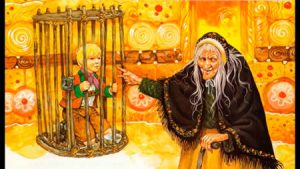


The mind is not a vessel to be filled but a FIRE to be ignited
(Plutarch)

Homo sapiens learned of the usefulness of fire when LIGHTNING set fire on vegetation. They began carrying hot coals in “containers” such as seashells and animal horns. At the entrance of a cave they made a fire to fend off predatory animals and keep warm at night. Eventually they learned how to make fire with a fire drill—a pointed stick of hardwood was twirled between the palms and pressed into a hole on the edge of a stick of softer wood.
One bright day, our Homo sapiens worked out how to cook chunks of wild game by roasting them on a spear. The sizzling “kebab” is heralded as the first civilized meat morsel—a pleasing aroma wafting from the fire.
Man began to exert influence on his environment by using the “slash-and-burn” method for cultivation of foodstuffs he liked.
The ancient slash-and-burn method is still practiced today in Indonesia where farmers clear land for palm oil production. When peat-rich land is burned and cleared, CARBON is released into the atmosphere. In 2015, devastating SMOG hung for months over Singapore, Sumatra, Java and Malaysia. Three million hectares of land were destroyed by fire—causing monetary losses related to agriculture, forest degradation, health, transportation and tourism.
From HORTICULTURE to AGRICULTURE
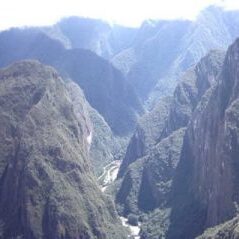
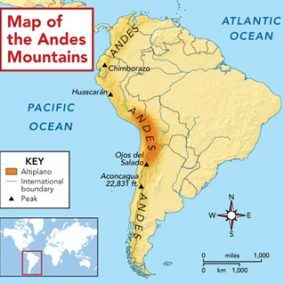
THE ANDES
The INCA of South America worshiped gods of FIRE with sacred flames which they ignited by concentrating the sun’s rays with a conclave metallic mirror.
INCA priests told Spanish missionaries: You adore a god who died on the cross, but we worship the SUN which never dies.
Potatoes are indigenous to the highlands of Peru and were one of the staple foods of the INCA civilization.
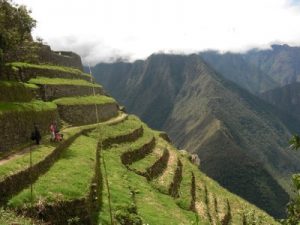
Spuds were first cultivated about 6000 years ago
The International Potato Center (CID) in Lima, Peru (founded in 1971),has a gene bank at their research station at Huancayo, high in the Andes, that stores samples of more than 10,000 potato varieties,
including some 2,000 that are native to Peru—few resemble the potatoes known in Europe and America.
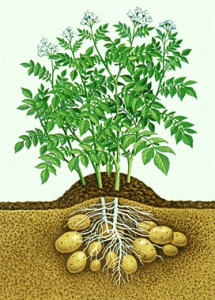
The spud is 99.9% fat free. A medium-sized tuber has only 100 calories.
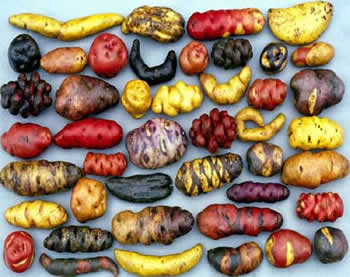

Frost-resistant and storage quality potatoes are preferred.
The colors range from white to black, red, yellow, blue, spotted, striped, and spectacled
Potatoes were introduced to the old world by the Spaniards
in the16th century, mostly as a curiosity
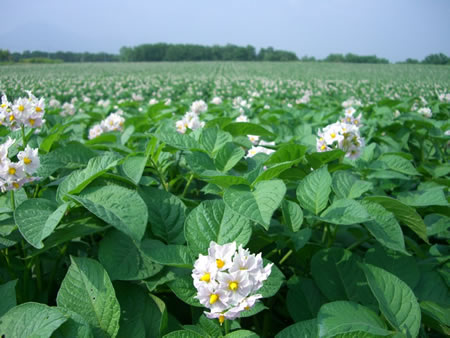
The tuber spread through Europe in the 17th and 18th century, where it gradually became an important staple crop as it put an end to widespread famines. From 1750- 1850 the population almost doubled.
In England the industrial revolution really got rolling when farmers switched to easier-growing potatoes and thereby were able to work for wages in the cities.
The Irish and Dutch thrived on boiled potatoes; and if served with milk it was a completely adequate diet. The potato was the staff of life for the Irish peasant. An average adult ate 9 to 14 lbs a day.
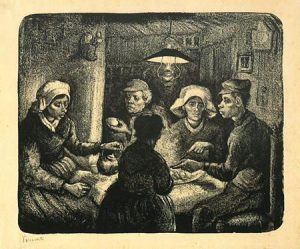
Vincent van Gogh
The invaluable MIRACLE crop: Solanum tuberosum
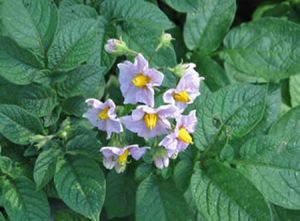
PER ACRE—potatoes provide more energy and protein than
other crops and can feed a family of four - year round
Potatoes can be grown in the most inhospitable environments because they are incredibly resilient
The potato conquest of the world
Europeans planted the first potatoes in North America in the 18th century
Potatoes had reached India by the 17th century most likely on Portuguese ships
Dutch traders introduced potatoes to South Africa in the 17th century
Captain James Cook carried potatoes on his ship when he claimed Australia for Britain in 1770
Potatoes reached China in the 17th century
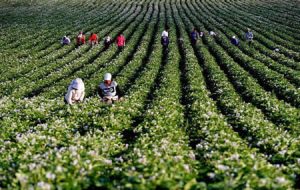
The shift from eating MEAT to PLANT foods
From FORAGING to FARMING
Harvesting—SURPLUS PRODUCTS—necessitated
“artificial” food storage facilities
FOOD SECURITY
Food crisis can lead to mass migration as people are FORCED to move in search of food (jobs!). So food security is the basis of national security, especially for China, the most populous country in the world. What will happen if the people don’t have enough food?----(Eat Thy Neighour –?—see book cover)
Well, the trend toward rising consumption of MEAT must be reversed. And to start with, raising animals to be slaughtered for religious purposes should be abolished.
Populations suffer if density increases; therefore family planning is a necessity (female infanticide was an ancient birth control method—no available womb, no child), and this in turn creates a new life-style: choice of foods and eating habits.
Potatoes are propagated (vegetative) by planting pieces of the plant-stem (tuber).
The buds on the tuber will sprout and produce new plants. The tubers are clones.
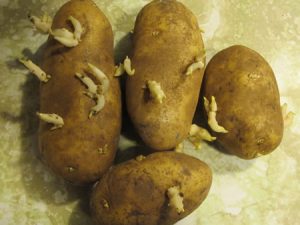
Remote regions benefit from planting TPS—true potato seed. The seed is collected from “pollinated” berries under controlled conditions. One generous handful of TPS suffices for 1 hectare (2.5 acres) of land. However, planting of TPS is more labor-intensive than planting pieces of cloned-tubers. First, using shallow flats, plants are grown from seeds to produce “seedling tubers”. These are then ‘planted out’ in the field to produce a mature crop. The good news is that farmers can sell the ‘infant seed tubers’ on the market, just as our nurseries sell ‘infant tomato and other vegetable plants’ to be set out by us—hardy gardeners, so we can enjoy picking and eating home-grown produce.
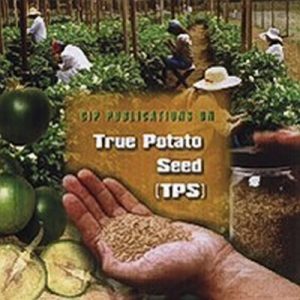
The International Potato Center (Lima, Peru) opened (2010) an Asia branch in Beijing, China.
CHINA is aiming to produce 130 million tons of potatoes by 2020. They are promoting the potato as a staple food to substitute the popular “grains” rice and wheat (noodles). An acre yields almost as much food as two acres of grain and plants mature faster than rice and wheat—edible tubers can be harvested after a mere 60 days.
China is the world leader in potato and sweet potato production
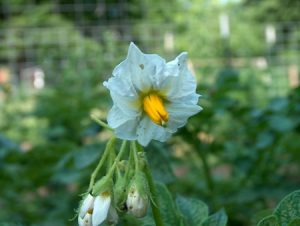
Scientists at the Sainsbury Laboratory at the John Innes Centre plant research institute in Norwich, England, have bred a genetically modified potato ‘immune to famine fungus’ (caused by the organism Phytophthora infestans) that was responsible for the great Irish famine of 1845. Late blight struck down the harvested tubers as well as those still in the ground and they rotted, sending an unbearable stench across the land. The potato crop failed across Europe, and mass starvation was followed by pestilence.
The genetically modified INNATE POTATO (developed by J.R. Simplot Company) was approved by the FDA in 2015. It is designed to resist blackspot bruising, browning and to contain less of the amino acid asparagine that turns into acrylamide during the frying of potatoes.
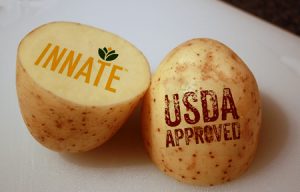
The INNATE potato is not a plant pest and will not adversely affect other plants or the environment. Actually, it reduces waste of billions of potatoes discarded each year by consumers. It also cuts the use of chemical sprays.
WINDS OF CHANGE
SPACE FARMING
The International Potato Center (CIP) in Peru and Nasa plan to grow potatoes in Mars-like conditions—by using soil sourced from the Pampas de La Joya Desert in Peru—in a laboratory to save millions of lives on Earth where malnutrition is rampant.
Scientists intend building a controlled dome on the red planet capable of farming this invaluable crop.
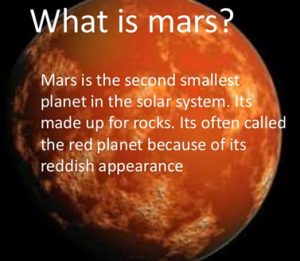
SPUDS are cheap and popular all over the world—for frying, soups, salads, roasting, dumplings, bread, casseroles and pancakes as well as mashed with butter and garlic (my favorite).
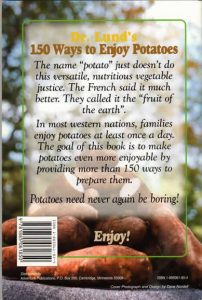
POMME DE TERRE
“Apple of the earth”
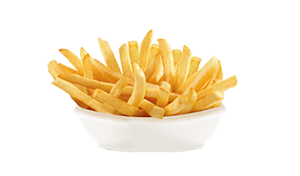
In France, the potato is the key vegetable in their great cuisine. Cooking school students are required to prepare potato dishes for graduation—finishing with a potato dessert!
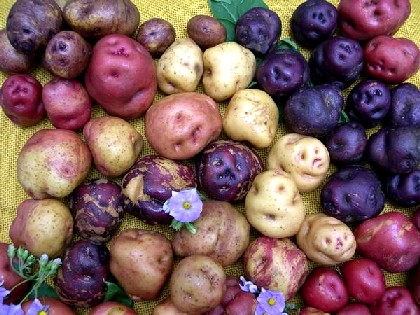
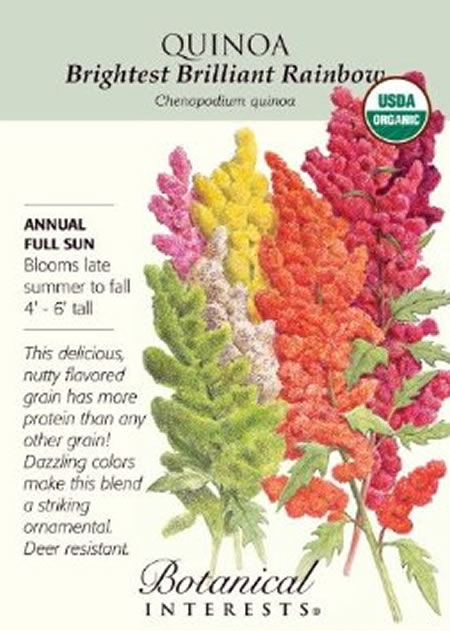
Quinoa: the gluten-free grain of the Andes
Considered a sacred crop—goosefoot family—quinoa is a super grain. It is one of the best sources of protein in the vegetable kingdom as it is a complete protein: it contains all the essential amino acids—high in magnesium, B2, riboflavin and iron. The SEED is tiny and tastes like a nut, is low in calories and has high fiber content; it can be cooked in the same way as rice or lentils, made into flour, added to soups, salads and baked goods.
The UN declared 2013 as “The International Year of Quinoa”

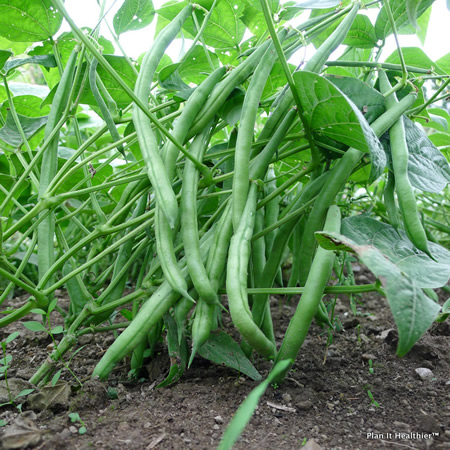
French beans
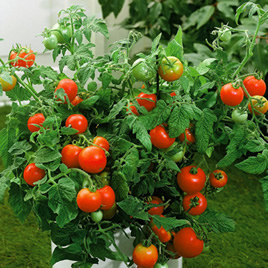

Tomatoes
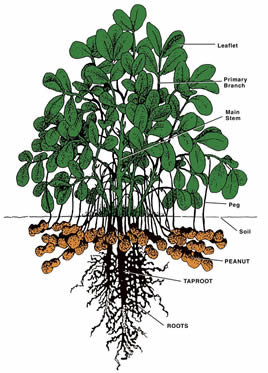

Peanuts
The story starts 4000 years ago
A young Aymara woman shows us how she and her community endure daily life in Neolithic “PERU”.
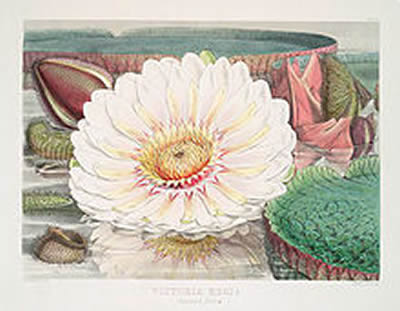
Have a look at one of my favorite boutiques: www.peruvianconnection.com
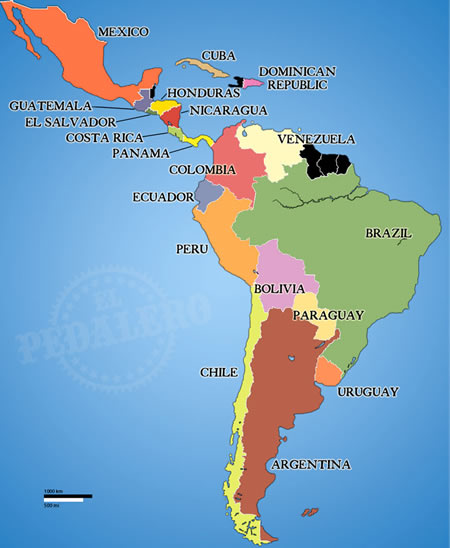
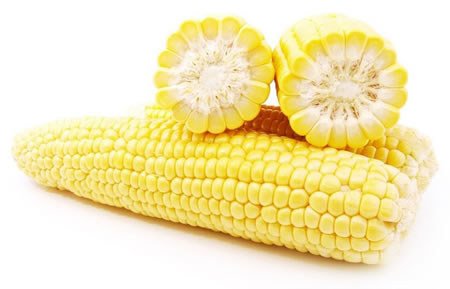
ZEA mays
Columbus wrote in his journals about an amazing grain called “mahiz”
by the natives (Indians) he encountered in the Caribbean.
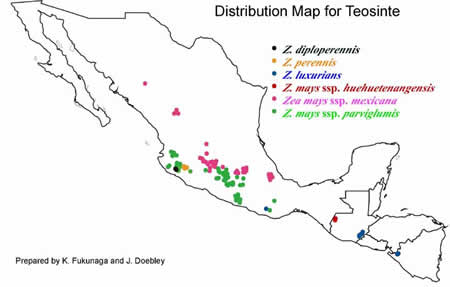
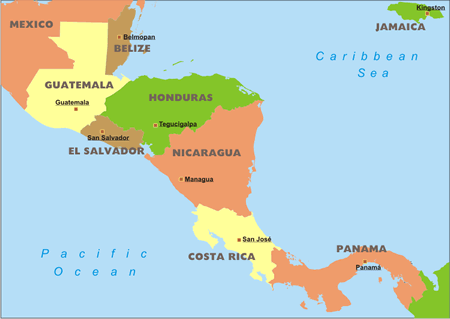
The ancestor of modern corn/maize was a wild grass: Teosinte

Teosinte ears consist of 2 rows of kernels surrounded by tough casings/glumes which protect the edible kernels within. By transferring pollen from the tassel of one plant to the silks of another, it was possible to create new varieties that combined the attributes of their “parents”.
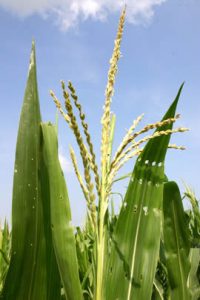
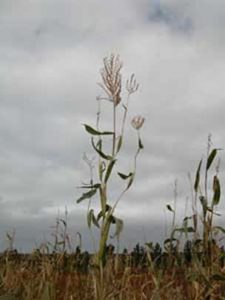
Cows and sheep eat grass. Dogs/cats, carnivores and humans cannot eat grass—they get sick.
Only humans cook their food—broil/boil. So they could “digest” the raw animal edibles, humans soaked/simmered/boiled the grass seeds in water—in a hollowed out gourd, then pottery vessels—on a “man-made” fireside/hearth.
Cooking food was a more efficient way of delivering calories to neurons—so the brain could expand.
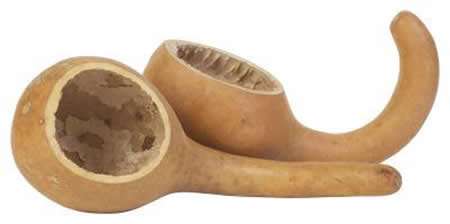
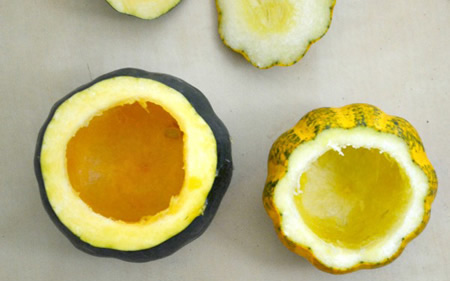
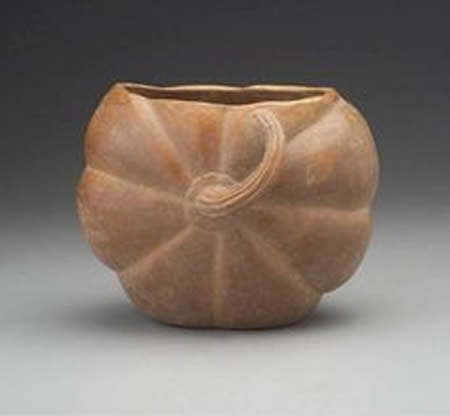

When the English colonized the East Coast of “America”, they referred to maize as “Indian corn”—to distinguish it from English corn, another word for grain. Today, Indian corn refers to multicolored corn that is primarily used for decorating purposes. And for making popcorn!
By itself, corn is a nutrient-poor starch, lacking some essential amino acids such as lysine and tryptophan as well as the vitamin niacin. Pellagra is caused by a chronic lack of niacin in the diet. But if corn is eaten with beans, the protein value is enhanced. Corn is high in antioxidants.
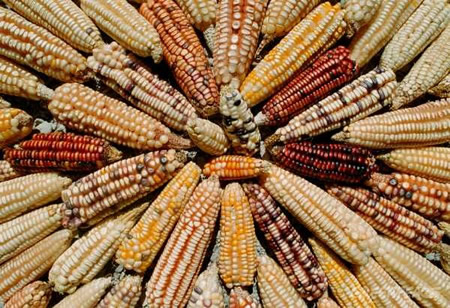
CORN, a domesticated grass, is shatterproof and self-threshing
The HUSKS around an ear of corn BLOCK the seeds dispersal

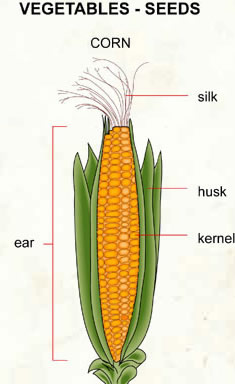
Maize can only be reproduced with human assistance
Pollinated by the wind, seed corn is planted: one by one in rows
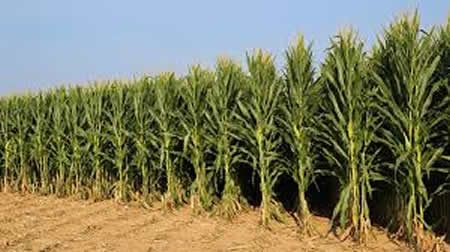
In 1970 the Southern corn leaf blight—fungus Helminthosporium maydis—became an epidemic from the Great Lakes to the Gulf of Mexico.
The International Maize and Wheat Improvement Center in Texcoco, Mexico, was founded in 2013. In its refrigerated chambers are stored 13,000 different items, the majority of them Zea mays, or corn.
Corn genes can be stored ONLY in the embryo of a living seed kernel, once the seed is dead, its genes can no longer be retrieved.
Genetically-modified corn is a form of corn that has been engineered to have traits that are agronomical desirable. Bt-corn is laboratory-designed to produce a natural pesticide that kills the corn-destroying European borer.
The impact of CORN: the most USEFUL GRAIN in history
It shows up in cereal bowls, desserts, soft drinks, bread, candy, chewing gum, pharmaceuticals, glue, paints, soaps, dry batteries, cosmetics, dynamite, tire manufacturing, molding plastics, animal feed and OIL for cooking; 40 percent of corn now grown in the U.S. is used for ethanol.
The staple food crop in many parts of the world, maize/corn is far more vulnerable to global warming than had previously been thought.

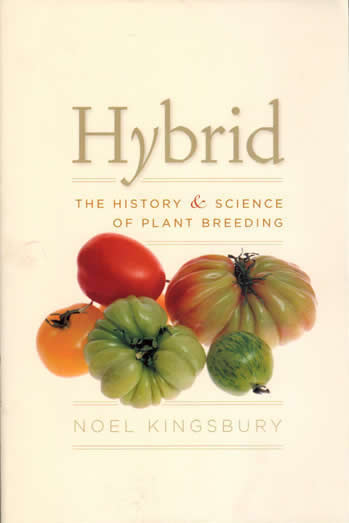
The fight over genetically-modified crops has gone global. Is hysteria impeding science?
Most Americans are unaware they have been eating them for years.
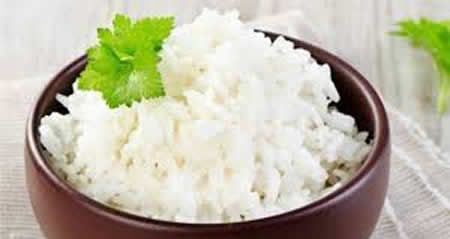
RICE: A crop on the move
Polished white rice is “processed” brown rice (zinc and iron removed).
45RICE—is white rice enriched with iron, zinc, calcium, vitamins A, B1, B12, D and E.
THAI red rice is very tasty. I like to add it cooked (cold) to a summer salad.
The caviar of rice is BLACK. Presently it is grown in India (Assam’s Golpara district) since 2012. Black rice is a source of iron, vitamin E, calcium, magnesium, zinc, and antioxidants. Sticky, it is also suitable for making sweet dishes. It is pricey!

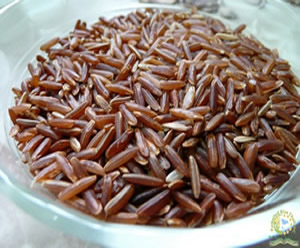

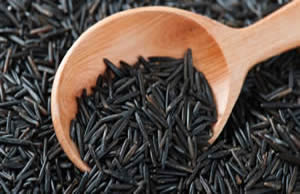
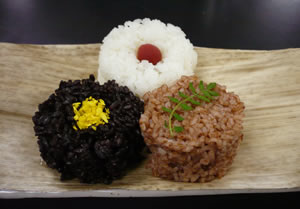
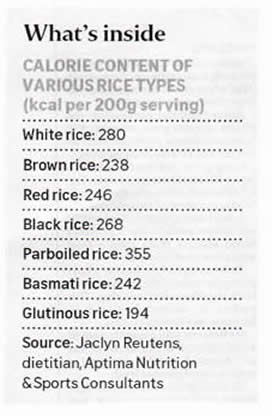
TO EAT is to EAT RICE
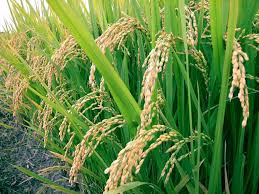
Oryza sativa (Asian rice) is an annual grass and four feet tall when cultivated. The rice plant has long, flattened leaves about two feet long and one half inch wide. The spikelet, born in open panicles, is one flowered and unisexual, or perfect. Each spikelet flower is enclosed by the hull and at the base is a small glume. The hull and the glume are modified leaves, or bracts, which are typical of flowering grasses. The flower consists of six stamens and an ovary. After fertilization the ovary develops into the fruit, or grain, which is enclosed by the hull.
Oryza sativa japonica: a round grain.
Oryza indica: long thin, basmati type.
Origins of rice domestication: all over the Himalayas: India, South China - down to Myanmar (Burma) and Thailand.

The Himalaya mountain range
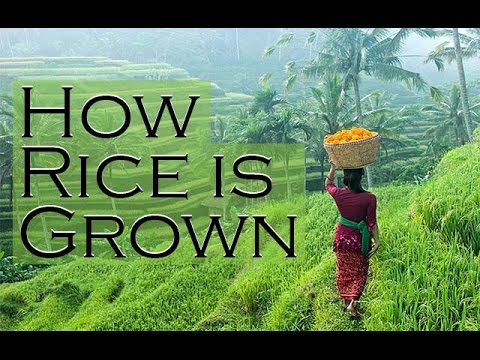


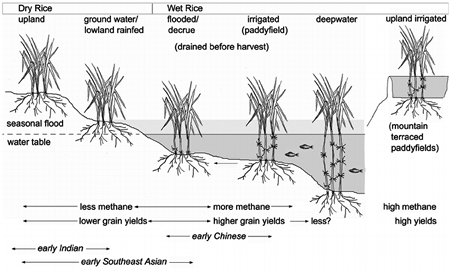
AQUACULTURE
Rice is an Asian monsoon crop
A good rice field is one in which the water supply can be regulated and drained. Young rice seedlings need damp soil but “rot” in standing water. When one foot tall, they like several inches of standing water until flowering and ripening; then the field should be drained for several days before harvesting.
Rice paddies
Rice paddies are a staircase of water shelves. On steep slopes the paddy walls are made of stone; otherwise of mud.
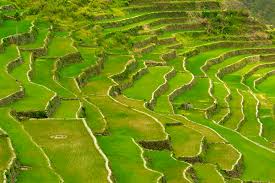
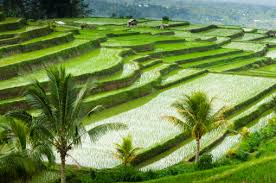
Rice is now also cultivated in wet-tropical, semi-tropical and temperate areas world-wide. In Europe: Italy, Po Valley—yummy Risotto; and in Spain, Valencia and Murcia—hearty Paella.
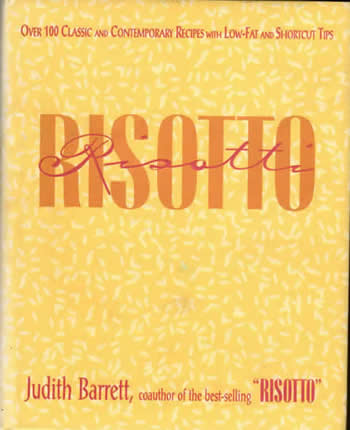
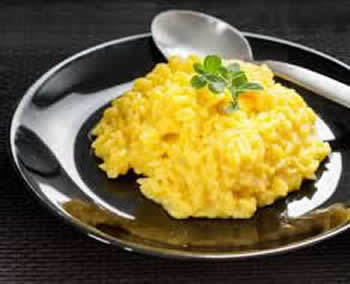
Arborio rice
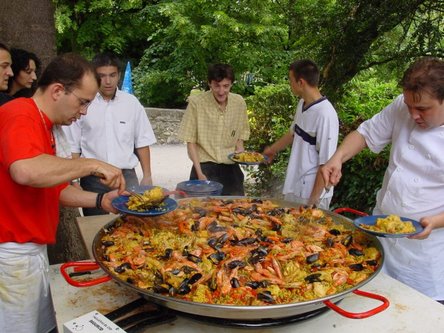
Bomba rice
Scientists in Thailand are developing new “climate-friendly” rice strains; “green” rice that emits less methane and carbon dioxide—the key gasses contributing to global warming. Traditional rice production methods let plant matter decay without oxygen in water-logged paddies, generating methane—a greenhouse gas more potent than carbon dioxide.
International Rice Research Institution (IRRI) in Los Banos, Philippines
Research on a perennial rice plant—eliminating the need for annual planting—is in progress.
Rice that can grow in salty land is being tested in Japan—benefiting rice fields swamped by the 2011 tsunami (Aceh, Sumatra, devastated)
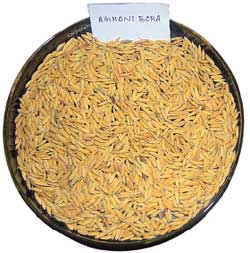
AGHONIBORA
(the magic ready-to-eat rice)
This rice strain—needs no cooking—is ready for consumption after soaking for 40 minutes in cold water. If boiling water is added instead, it takes only 10 minutes to cook and no hard core is left. It is named Aghoni because it is harvested during the months of November and December.
Aghonibora was developed in Assam, India, by the Regional Agricultural Research Station (RARS), Titabar, in 2006-2007. It is grown by the Central Rice Research Institute (CRRI) at their farm.
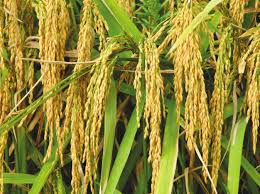
Once, oryza sativa was a “wild” grass; whereas golden rice is a designed crop for the future.
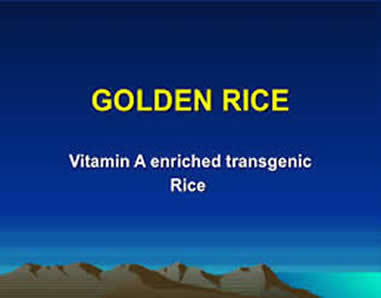
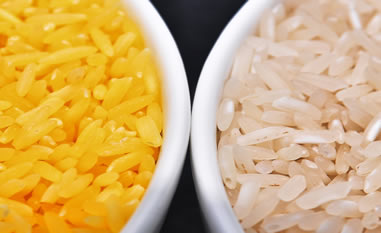
GOLDEN RICE
BREEDING BY DESIGN
The Bill and Melinda Gates Foundation supports the use of genetically modified organisms in agricultural development. Specifically, the foundation is supporting the International Rice Research Institute in developing golden rice, a genetically modified rice variant used to combat vitamin A deficiency; which is estimated to kill 670.000 children under the age of 5 each year.
A genetically engineered crop involves transplanting a gene from one source, such as soil bacteria, to a food crop to give it characteristics that could never be accomplished through traditional breeding. In the case of golden rice, two genes from daffodils and a gene from soil bacterium were put into the edible parts of rice to boost the level of beta-carotene, which the human body converts into vitamin A.
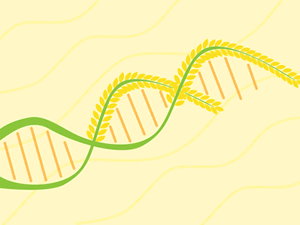
Rice is the first crop (indica & japonica) to have its genome sequenced and is second in size only to the human genome. Rice is typically self-pollinated.
The first field trials of golden rice cultivars were conducted by Louisiana State University Agricultural Center in 2004. In 2005, golden rice2 was announced, which produces up to 23 times more beta-carotene than the original golden rice. Additional trials have been conducted in the Philippines and Taiwan, and in Bangladesh (2015).
In June 2016, 107 Nobel laureates signed a letter urging Greenpeace and its supporters to abandon their campaign against GMOs, and against Golden Rice in particular.
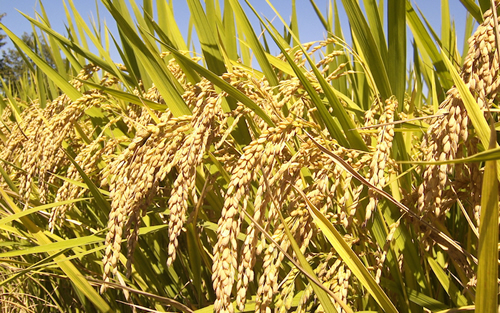
BAMBOO is a GRASS
not a tree
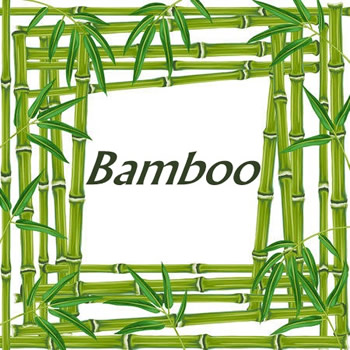
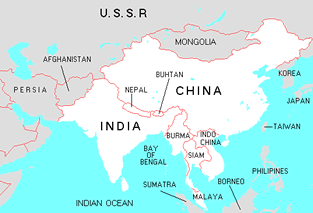

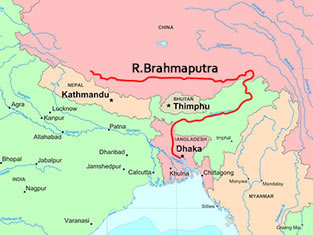

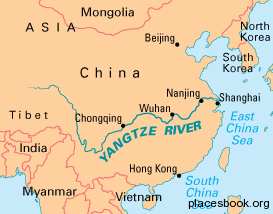
Buddhism is not a proselytizing faith
Lady of the Lotus-Born

It is a tale of “liberation”
THE KINGDOM OF SPEECH

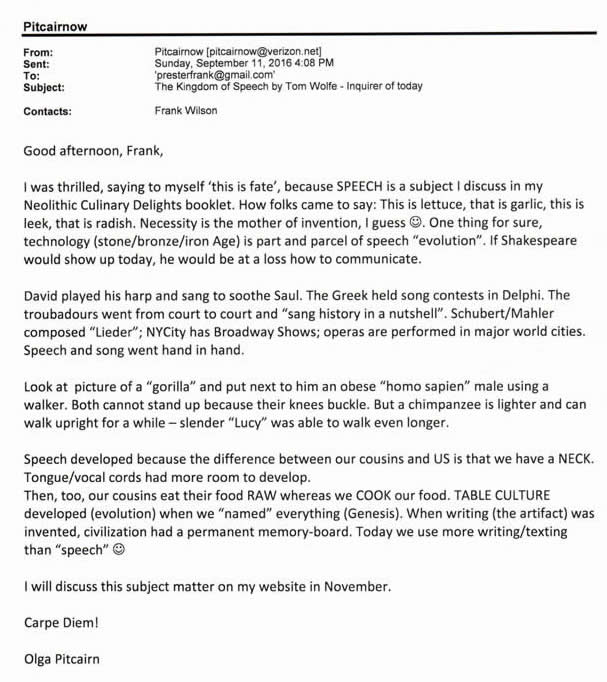
The “history” of man is the history of language

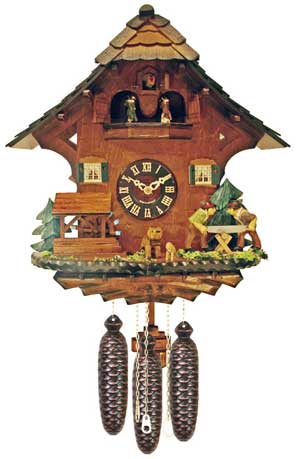
I have been advised to keep you all in suspense—read the story next year!
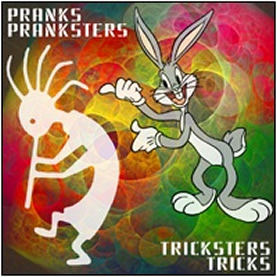

Without our memories, who would we be?

1966
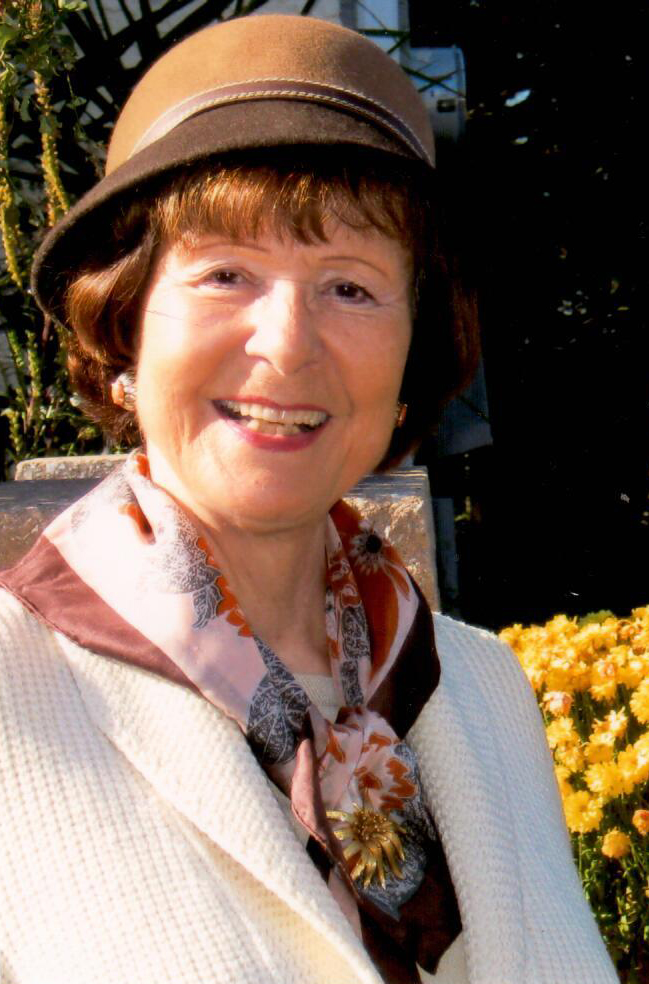
2016

To Be Continued --- 2017


When I asked my mother what she wished for her 100th birthday, she smiled and said that I should write my memoir; so she would be immortalized for eternity. So be it!
THE DYNASTY THAT CAME DOWN FROM HEAVEN
by Olga Pitcairn
John Pitcairn, founder of Pittsburgh Plate Glass Company, and his sons built the famous Swedenborgian cathedral with their wealth, and sustained it with generous portfolios.

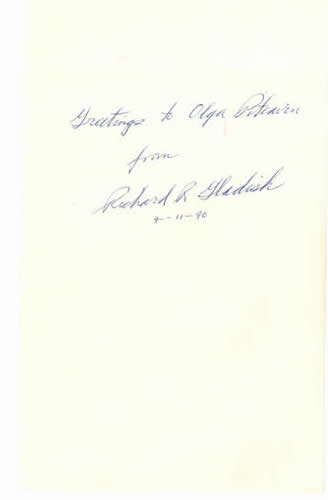
A biography by Richard R. Gladish


I like going to church because of the ritual,
It unites mankind in the Rational and the Spiritual.
The Celestial INFLUX—mystical interpretations
Of inspirations—sublimations—renunciations.
The Perception of the external and the internal,
The Celestial from the Spiritual from the Rational.
The contemplations of the temptations
Of the flesh and of the spirit—condemnations.
The ways of FAITH are obscure and latent
But the devil’s ways are many and patent.
© 1990 Olga Pitcairn
The sons of John Pitcairn:
Raymond - supervised the building of the cathedral. He married Mildred Glen, his maternal first cousin, and built their magnificent home: GLENCAIRN; today a museum.
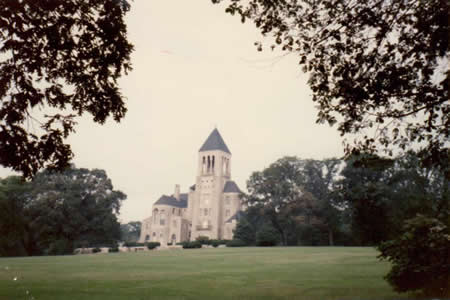
Theodore—entered the ministry and founded his own church: The Lord’s New Church Which is Nova Hierosolyma.
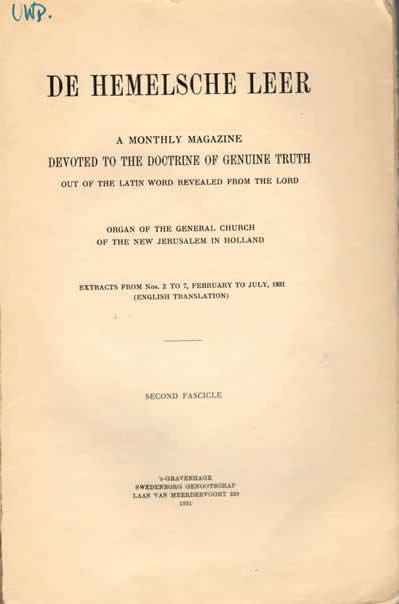
This new Doctrine is discussed in The Blue Mirror

The Ret. Rev. Philip N. Odhner of Bryn Athyn : There is much appearance that this Church is a family Church, a Theodore Pitcairn family Church, because he has given the money which supports it, and its buildings and so forth, and because its membership is still very small. But this is only an appearance from the outside. It is not a family Church, but one having its own Doctrine and life, which we see to be essential for the spiritual welfare of the human race.



Theodore married a Dutch woman; my mother-in-law and I were close as we shared the same language.
The children of Theodore and Marijke:
Miriam
Asher
Eshowe
Laren
Diene
Mark
Feodor
Emanuel
Marcia

MATCHMAKER (see my biography!)

The Newlyweds
WHEEL OF FORTUNE

This picture, taken by my mother, launched my adult life—it catapulted me into the limelight, and got me the glamorous job at the Holland-America Line cum Consulate of the Netherlands.

PHILADELPHIA - At the Brussels World’s Fair/Commercial Museum
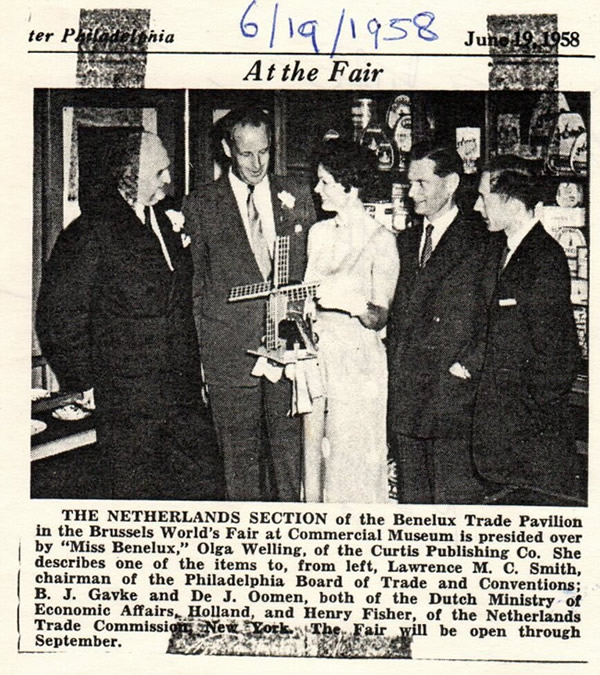
Harold – was a pioneer in aviation. He married a Swedenborgian woman from Illinois.


Every action has a reaction
Your living is determined not so much by what life brings to you as by the attitude you bring to life; not so much by what happens to you as by the way your mind looks at what happens (Khalil Gibran on Your Attitude).
My memoir THE DYNASTY THAT CAME DOWN FROM HEAVEN is a celebration of the people who influenced me—a thank you!
My sequel memoir Truth Is the Daughter of Time is about my mother-in-law Marijke: how she met Theodore in the Netherlands. My matchmaker, her mother, had been her “cupid” as well. This is a truly riveting tale: made in Hollywood!
The story focuses on
The House of Nova Hierosolyma
Google: Feodor Urban Pitcairn
Click on: Clergyman Says Art Handmaid of Religion
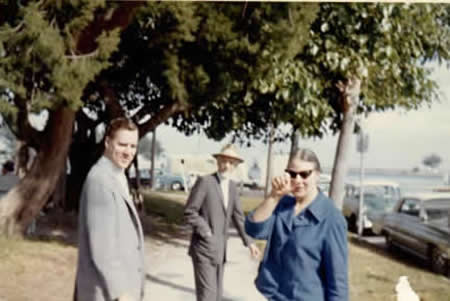
Theodore and Marijke in Florida, March, 1962
When I wrote to Frank Wilson (see N&N-2014-The Blue Mirror) about my intended memoir, he replied: There’s a reality TV show here, I think.


